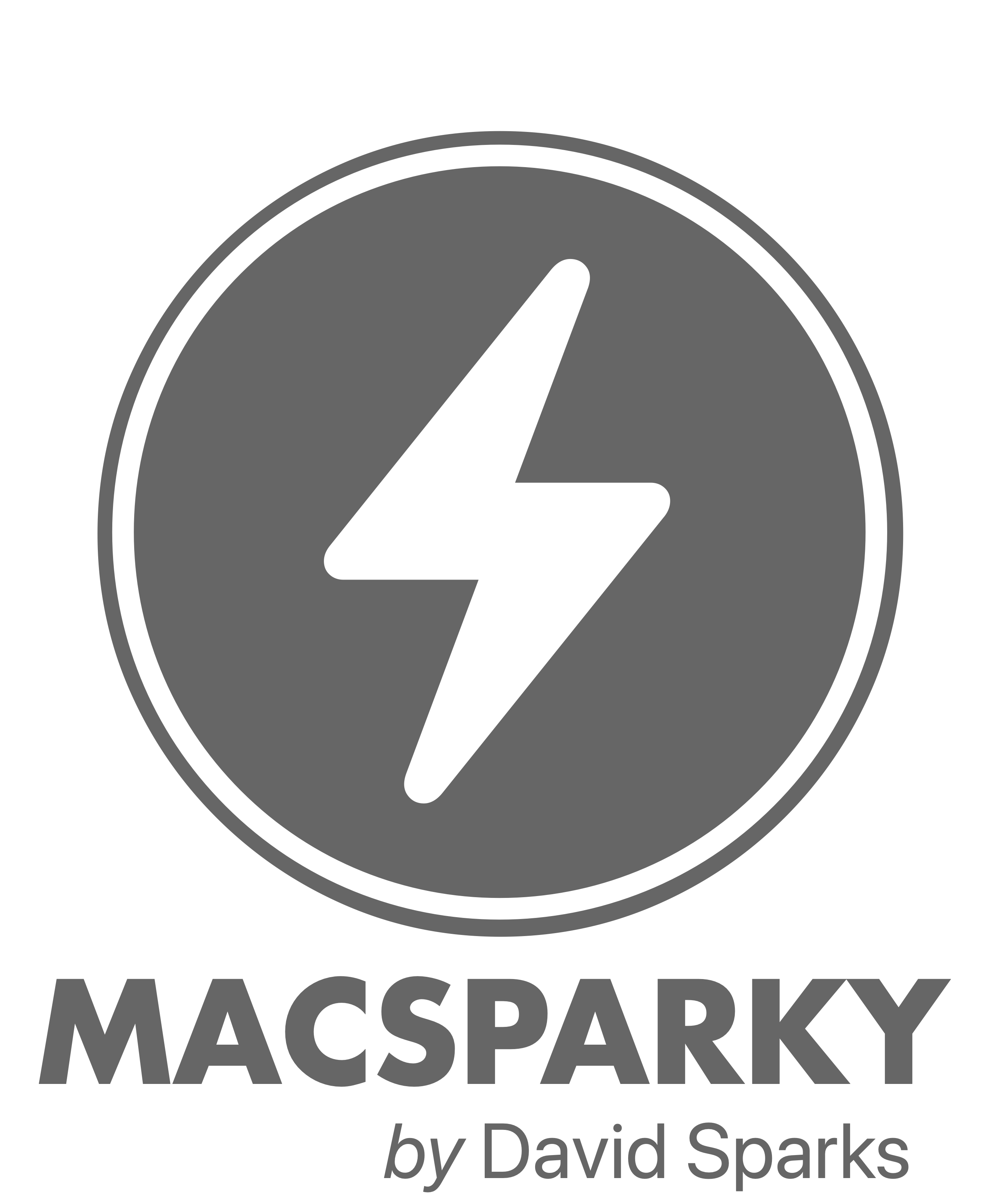As peripheral manufacturers seek new ways to add bells, switches, and levers to our keyboards, Matias takes a different approach with the Tactile Pro 3 keyboard: Matias pulled this keyboard from a time machine.
The Tactile 3 is built with mechanical switches. There is no electronic wizardry here, just high quality Alps mechanical switches. (The same switches used on the legendary Apple Extended Keyboard.) The Tactile Pro keyboard is really all about the typing experience. I could wax poetic about the keyboards of yesteryear. Back in the day, Apple (and IBM) made some really fine mechanical switch keyboards. Since then, however, everyone (including Apple) moved on to electronic key switch keyboards that (to me) feel either too mushy or too flat.

The Tactile Pro has a larger travel distance and, because it uses mechanical switches, you hear (and feel) a mechanical click when the key depresses. I find it both satisfying and useful as a touch typist. It has been so long since I used a mechanical switch keyboard that the extra travel threw me at first. I quickly adjusted. After using the keyboard for just a few weeks my fingers learned instinctively when the switch engages and I can move on. On some keyboards, there is a limit to how many keys can be typed at once resulting in the loss (or ghosting) of typed characters. The Tactile Pro has anti-ghosting circuitry that lets the keyboard keep up with fast typists. I can fly on this keyboard.
The key switches aren’t the only thing built to last. The key faces are laser etched with the key label and the Mac OS X alternative accented characters. Because they are etched on the keys, these symbols aren’t going to wear off anytime soon. The key tops are also sculpted, allowing your fingers to easily center on the keys as you type.
There are three USB 2.0 ports on the keyboard. Using it I was able to sync iPods and iPhones. It doesn’t, however, have sufficient power to charge the devices.
The Matias Tactile Pro 3 keyboard is music to my ears. As I hammer out text with it, the noisy keys clink and clack away filling the room with the sounds of getting work done. It isn’t cheap at $150. The switches are expensive and this keyboard is built to last.
I’m still trying to decide whether my attraction to a mechanical switch keyboard is because they are inherently better or just because I originally learned to type on one. Either way, I type faster on this keyboard. I’d be curious to hear from some younger hackers (who did not grow up using a mechanical keyboard) to see what they think. Regardless, if you hear the siren song of a mechanical keyboard for your Mac, the Matias Tactile Pro 3 is the best solution on the Mac. Matias has a 30 day refund policy so long as you buy the product directly from them.
